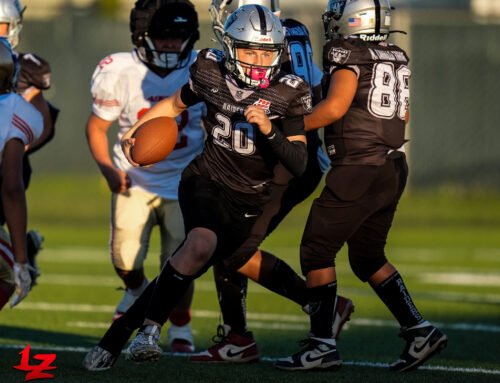Published in the October 10 – 23, 2018 issue of Morgan Hill Life
Depending on the source cited, separation anxiety is thought to affect up to 20 percent of pet dogs. Separation anxiety is a condition in which the dog exhibits distinctive behavioral issues, anxiety, fear and/or distress when they are separated from their owners. It can be extremely frustrating to understand and often more frustrating to manage.
Although we do not understand all of the components contributing to separation anxiety, we know enough to know that there are certain predisposing factors that exist in a dog that are then fostered and reinforced by the owner. For this reason, some veterinary behaviorists say that it is not really a disorder of the dog . . . but one of the human owner
Abandonment, relinquishment to a shelter, movement to a new home and drastic changes in the household schedule may increase the risks a dog develops separation anxiety. Some reports indicate higher incidence in certain breeds. But the disorder is often progressive, especially when the owner is unaware of how to address it. Identifying separation anxiety can sometimes be difficult. Behaviors commonly shown by affected dogs may include: defecation/urination in the house, excessive barking/howling, destructive behaviors, excessive attachment to one member of the household and unwillingness to eat when home alone. These are only some of the symptoms and the severity and combination of symptoms can vary greatly.
The hallmark, however, is that they do not exhibit these behaviors when they are home with their owner. It can be difficult for clients to distinguish a dog with anxiety compared to a pet who needs extra training or work on house manners. There are also potential medical reasons for some symptoms, such as pain, urinary tract infections and gastrointestinal disease.
Managing separation anxiety takes a very dedicated client and often requires the assistance of a professional trainer. Although medications can be helpful in some cases, behavioral modification is the mainstay of treatment.
The most difficult part of the training is training the owner . . . not just one owner but the entire household. It takes everyone to be dedicated and consistent in order to have a successful outcome. One of the most difficult parts of the management program is teaching clients that in order to help the dog, they have to teach the dog to learn to be alone. This means that coddling will be counterproductive as well as excessive attention. It means not always giving the dog attention when they are asking for it but giving attention on the owner’s terms rather than the dog’s terms.
Separation anxiety tends to be a progressive disorder. In most dogs, it does worsen over time if it is not addressed. The behaviors most owners tend to revert to in order to comfort these dogs actually reinforce the behavior and perpetuate the inability to be alone.
The value of professional assistance and the need for dedication on the part of the owner is paramount in managing dogs with separation anxiety. These dogs can be helped. Unfortunately, it is a long process, and they will revert back to these behaviors if they are not managed on a longterm basis.
Dr. Jeanne Haggerty-Arcay received her undergraduate degrees in biology, biochemistry and Spanish from the College of Notre Dame, Belmont. She graduated from U.C. Davis School of Veterinary Medicine. She enjoys spending time with her husband and three young children.






